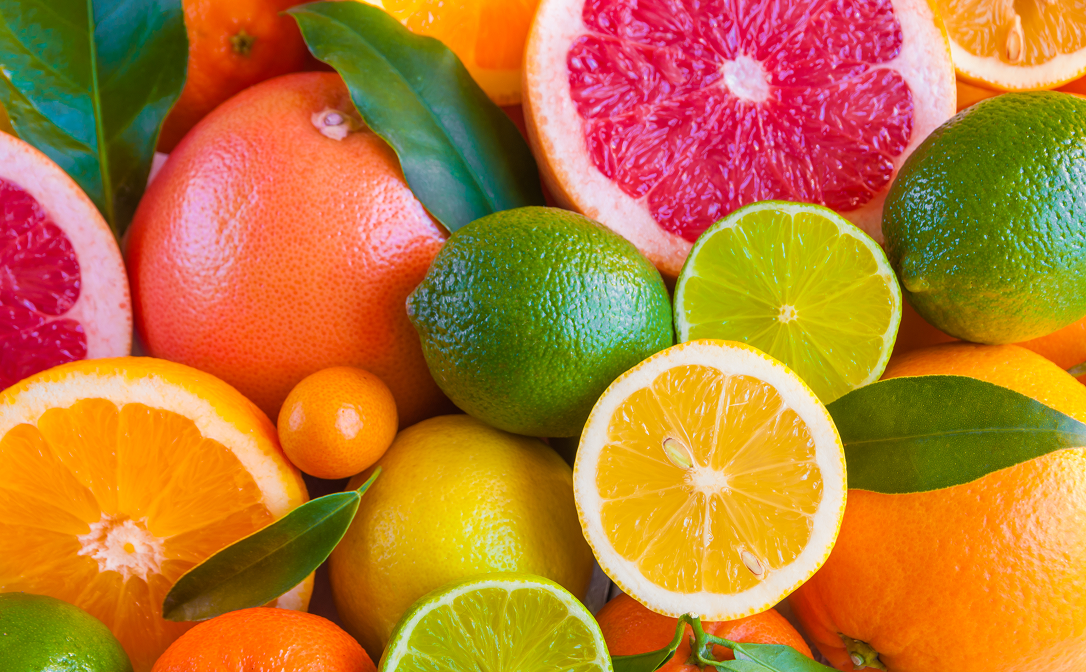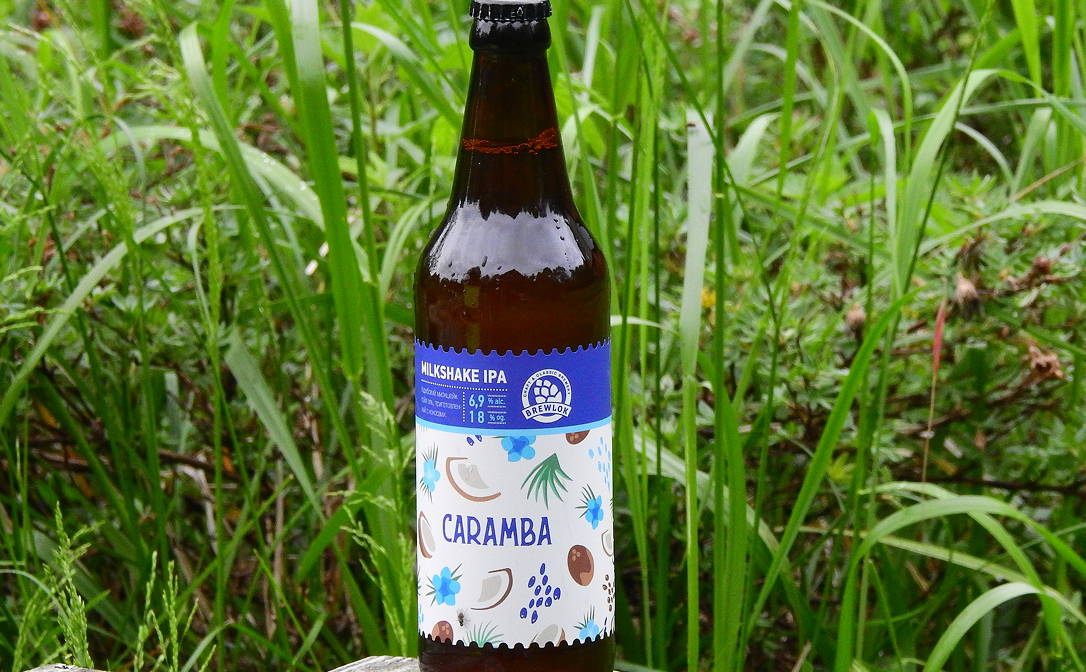We all know what flavour is, right? You put food and drink in your mouth. It tastes of something. You either like it or you don’t. Simple.
Except it’s not. Taste and flavour are two different things. The gastrophysicists, biologists, psychologists, philosophers, and neuroscientists who are all studying it still can’t agree on exactly what flavour is, or how it works.
What we do know (or currently believe, at any rate) is that flavour consists of several different components: taste; at least two different types of aroma detection; and a collection of sensations through nerves and other receptors in the mouth that scientists refer to as “trigeminal,” but which we, mercifully, can call “mouthfeel.”
To receive all our latest beer news, sign up for our beer-focussed newsletter here.
Tasting for flavour
Let’s illustrate this with a beer tasting. Aroma compounds are volatile: swirl your glass and you release them from the beer. Breathe in, and you draw them past your olfactory bulb, which sits in the top of your nasal cavity. It’s extraordinarily sensitive to theoretically billions of compounds.
Now sip your beer. Let it roll around your mouth. Your tongue picks up the basic tastes: sweet, sour, salty, bitter and umami. But you also get a lot more that is, technically, aroma. This is because, with your mouth closed as you breathe out, you carry more aroma compounds back through your nose, a process known as retronasal olfaction. At the same time, you’re also getting mouthfeel – cold, hot, spicy, crisp, creamy, smooth, and so on.
All these different signals arrive in the brain at the same time, and from them, the brain puts together an imperfect but rounded impression of flavour. Changes to each component can influence our perception of the whole. A good brewer will therefore play tunes with each to create an overall flavour profile, such as crisp and refreshing, smooth and rounded, sweet, fruity or rich and roasted.
Beer flavours from the brewing process
The four core ingredients of beer allow a brewer to create all these flavours profiles. The degree to which malted barley is toasted, or roasted, can create flavours resembling biscuits, breakfast cereal, toffee, forest fruits, chocolate, toffee, caramel, tobacco, even liquorice. Some malts have a higher proportion of sugars that can’t be fermented by the yeast, meaning the finished beer will be sweeter. The degree of hops added at the start of the boil can dial up or down bitterness. Hops added at the end or even during or after fermentation can give a vast array of citrus and tropical fruit, grass, hay, pine needles, resin, spice or earthiness. Brewing scientists have spent centuries in the pursuit of “clean” yeast that simply ferments sugars into alcohol without adding any flavour compounds of its own. But ale yeast can add fruity “estery” aromas. Wheat beer yeasts can give off banoffee or spicy aromas. And wild yeasts can add earthy, spicy, farmyard aromas, while other microorganisms can boost acidity.

Hops added at the end or even during or after fermentation can give a vast array of citrus and tropical fruit aromas.
Mouthfeel can also be manipulated by the level of carbonation in the beer, with more fizz adding to the perception of crispness and refreshment. Adding lactose, or dispensing via a “nitro-pour” – a mix of carbon dioxide and nitrogen – can make it feel smoother and creamier. Even the profile of the water used for brewing can have an effect: the soft water that makes a perfect pilsner would create a hoppy pale ale that feels flabby and muddled.
These are just the individual flavour characteristics. In combination with each other, the flavour of beer can be made potentially infinite.
Expanding the flavour repertoire
But craft brewers always want more. The desire to try something new never gets old. That’s why those four basic ingredients of beer – malted barley, hops, water and yeast – are increasingly being supplemented by all manner of vividly flavoured additions.
It started with drawing out hints, making them fuller. If this hop adds an orangey hint to an IPA, and people like it, why not add actual orange and make it really shout? If this imperial stour has chocolatey, nutty notes, why not boost them with actual chocolate and nuts?
Then, there are other flavours that complement these enhance core flavours. Now we’ve got a stout that’s rich in chocolate and nut character, why not complement them with vanilla and coconut? That orangey IPA? Let’s turn it into a full fruit salad with different fruit essences!
Beer flavours of the future
The speed of innovation means attempts to categorise and define flavoured beers can’t keep pace with what’s out there. But we can identify a few broad trends. Stouts flavoured with an increasingly broad array of cake or dessert ingredients are collectively referred to as pastry stouts. Fruit-flavoured beers go from tart, traditional Belgian beers such as kriek (flavoured with cherries) and framboise (raspberries) through to multi-faceted craft beers flavoured with exotic fruits. And don’t forget mouthfeel! Combine a smooth, thick body with vivid fruit flavours, and you get a “milkshake IPA.”

A milkshake IPA from Russia.
It's impossible to define specific trends within these categories. We can’t say, for example, that guava is becoming more popular than mango, simply because so many brewers are experimenting with so many different flavours at the same time.
But one thing we can say for sure is that craft beer is getting sweeter. That’s the common factor that unites the pastry stout and the milkshake/smoothie IPA.
This trend hugely impacts the ability of beer to pair with food. Sweet flavours in beer inevitably mirror the sweetness in desserts. But look for contrasting flavours too. One of the most surprising pairings I ever found was cured ham such as Spanish Serrano ham with a Belgian Kriek. Then a Spanish friend told me that Serrano is often accompanied by cherries on the side – as well as the sweet/savoury contrast, there’s a subtle sweetness in cured ham that they complement brilliantly.
Experimental craft beer flavours will only continue to develop. Whatever flavours catch your imagination, if you want to appreciate them fully, just remember there’s a difference between drinking and tasting. You often do the first while you’re focused on something else, such as talking with friends. Every now and then, it’s worth fully devoting your brain entirely to what it’s getting from the mouth and nose, giving it the space to develop a mental perception of flavour that blooms and does full justice to the skill and invention that went into creating it.
Want to know how to really taste beer? Whether you're a drinks professional or a beer enthusiast, our beer qualifications will empower you to explore beer like never before.
Pete Brown is a British author, journalist, broadcaster and consultant specialising in food and drink. Pete was named British Beer Writer of the Year in 2009, 2012, 2016 and 2021, has won three Fortnum & Mason Food and Drink Awards, been shortlisted twice for the André Simon Awards, and in 2020 was named an “Industry Legend” at the Imbibe Hospitality Awards. He has written for newspapers and magazines and given keynote conference speeches around the world, and is a regular contributor to radio and podcasts. He is currently Chair of Judges for the World Beer Awards.


